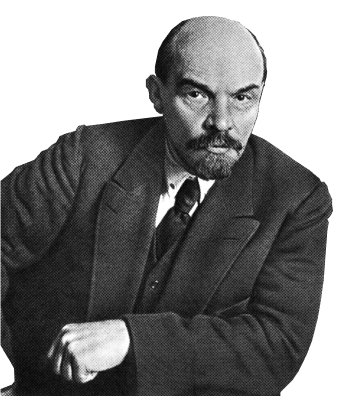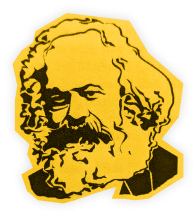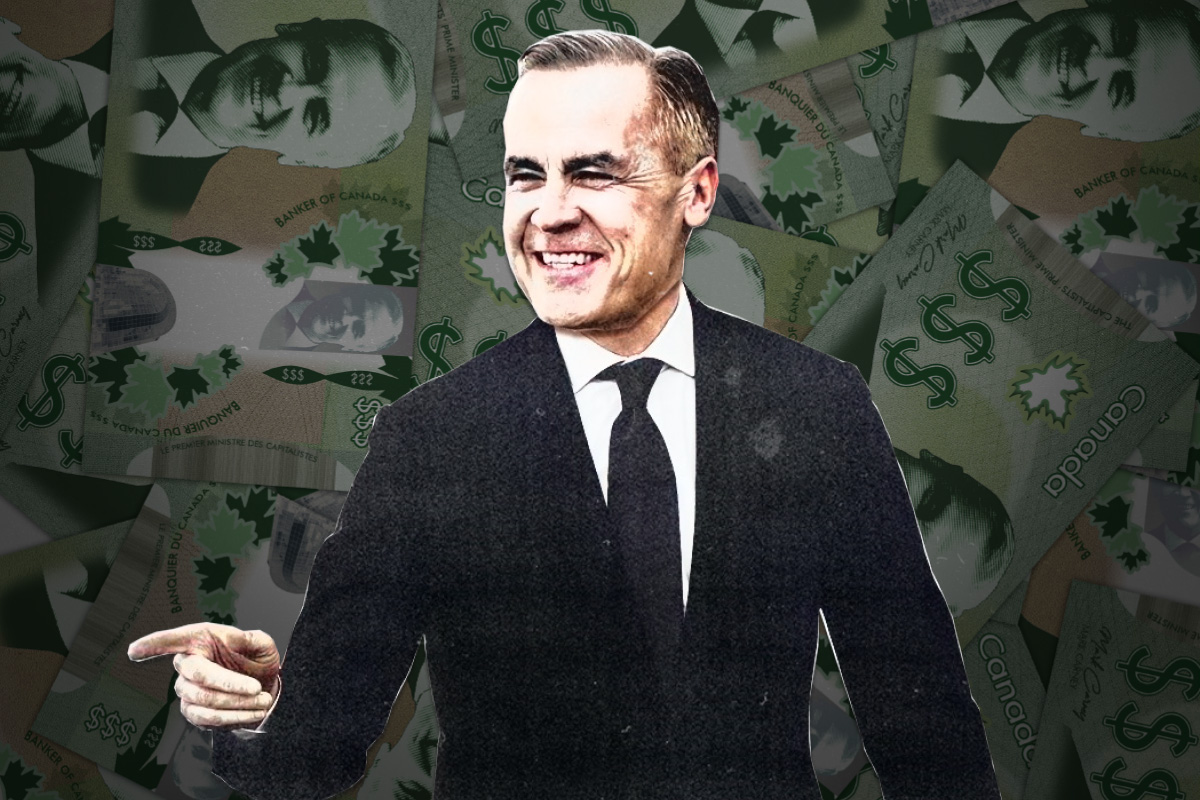
The ruling class in Canada is breathing a sigh of relief. Mark Carney, their elite banker, has won the election. But there won’t be much time for celebration. Carney faces an impossible situation with a sluggish economy and a trade war with the United States. Make no mistake, instability and crisis are on the horizon and we must be prepared to resist the coming attacks.
| Party | Vote Share | Seats (172 for majority) |
| Liberal Party | 43.7% (+11.1 percentage points) | 169 (+17) |
| Conservative Party | 41.3% (+7.6 pp) | 144 (+24) |
| Bloc Québécois | 6.3% (–1.3 pp) | 22 (–11) |
| New Democratic Party (NDP) | 6.3% (–11.5 pp) | 7 (–17) |
| Green Party | 1.3% (–1.0 pp) | 1 (–1) |
Liberals saved by Trump
This election is a miraculous reversal in the fortunes of the Liberal Party. Just a few months ago, the Conservatives were polling 25 points ahead. It looked like the coming election would be a bloodbath for the Liberals.
But the Liberals have now won 43.7 per cent of the vote—the largest share of the popular vote for any party in over 40 years. At nearly 8.5 million votes, this is also the largest number of votes for one party in the history of the country. The Liberals increased their seat count from 152 to 169—just three short of a majority.
But this has little to do with Carney’s ability as a politician and even less with his policies. He is quite a dull, boring person. And in spite of all the noise made about how different Carney is from Poilievre, their programs are virtually identical. Right before the election, Carney used his brief stint as Prime Minister to implement three of Poilievre’s campaign promises—cutting the capital gains tax, cutting the carbon tax and eliminating federal oversight over development projects—all gifts to big business.
Carney was the candidate of the ruling class. This undoubtedly aided his rise, as the establishment rallied around him as their new savior. A poll taken in March found that 53 per cent of business leaders supported Carney, while only 30 per cent supported Poilievre.
The ruling class, who agreed with most of Poilievre’s program, have never entirely trusted him. They did not appreciate his populist appeals to the anger of the working class and his constant denunciations of the “financial elites”.
But the Liberal turnaround is above all due to Donald Trump. The political dynamic last year was dominated by hatred against the Trudeau Liberals over issues such as the cost of living and housing. Trump’s threats completely transformed the situation. His constant talk of annexing Canada and his tariffs cut across this dynamic.
Summing this up, David Coletto, head of the polling firm Abacus explained:
“Weeks before, people were thinking about inflation and cost of living. All of the sudden, they’re forced to think about the very existence of Canada.”
He continued:
“Trump has done the near-impossible: shifting a very anti-incumbent environment in 2024 into one where incumbency is more of an advantage. People are now looking for stability, as opposed to revolution.”
Expressing this mood, Marc H, a father of two, told The Guardian:
“The last thing I wanted was Justin Trudeau in the next election. It was getting to the point where I was ready to vote Conservative just to make a point—and I’ve never voted for them. Now we’ve got a former central banker running in the midst of an economic crisis? Yeah, I’ll take a second look at him for sure.”
Carney was able to present himself as a safe pair of hands, as the respected banker with experience in captaining Canada through the 2008 subprime mortgage crisis and Britain through the Brexit negotiations. It also did not help Poilievre that many see him as a sort of Canadian Trump.
NDP punished
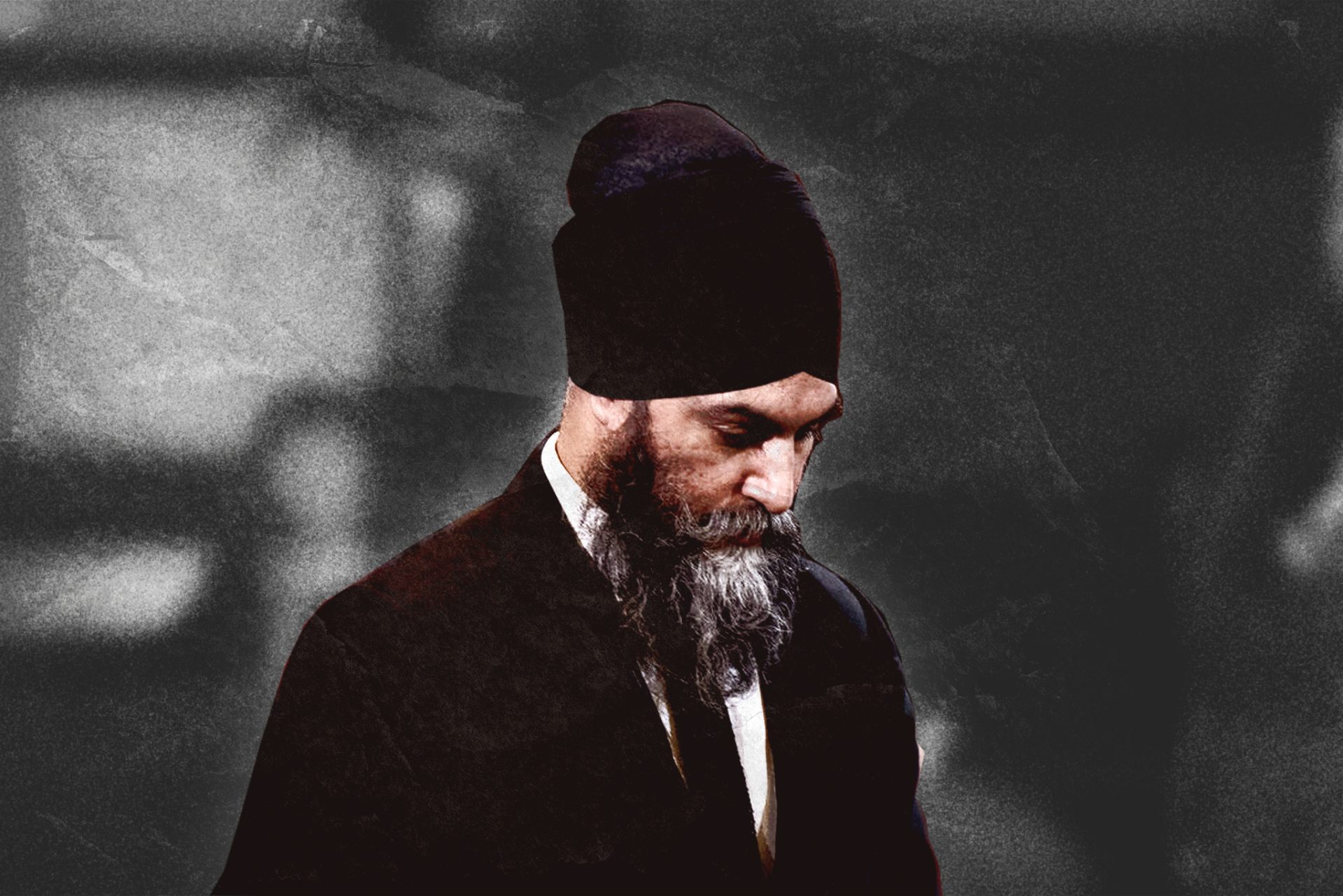
But the Liberal victory was by no means a landslide. Poilievre received over 8 million votes and 41.3 per cent—which was the best Conservative popular vote since 1988. For the past number of decades this level of support would have easily been enough to form a majority government. But the Conservatives ended up with 144 seats, an increase of 24 from their previous 120 but not enough to take power, let alone form a majority government.
This was possible because of the collapse of the New Democratic Party (NDP)—the big story of this election. The NDP fell from 17.7 per cent in the 2021 election to a paltry 6.3 per cent—their worst result ever. From 24 seats, the party is now down to just seven. Party leader Jagmeet Singh’s seat is among the losses.
This puts the NDP below the number of seats needed for official party status. They will lose many privileges, like funding for party research and the right to ask questions during Question Period.
But the failure and collapse of the NDP was written in the sky.
The NDP leadership long ago abandoned even the pretense of fighting for socialism. Since then they have been like a ship without a rudder, blown this way and that, unable to articulate how the party represents anything fundamentally different from the Liberals.
This tendency reached its peak under NDP leader Thomas Mulcair, who scuttled the NDP’s best chance at forming government in 2015 when he tried to present the NDP as a good manager of capitalism. Mulcair was subsequently turfed by the party membership. Then Jagmeet Singh was brought in as a calculated cosmetic step to the “left” to avoid a rank-and-file revolt like the one seen in Britain with the sudden rise of left-winger Jeremy Corbyn to the head of the Labour Party.
But Jagmeet was a creature of the very same gang of NDP apparatchiks who were behind Mulcair. Conservative by nature, this club of professional bureaucrats are liberals in all but name. So they are always pushing to moderate the party and capitulate to the establishment. The pinnacle of this was the 2022 supply and confidence agreement which saw the NDP prop up the Liberal government during the worst cost of living crisis in generations.
The result of this adaptation to the liberal establishment was that, in the current moment of crisis, people don’t see the NDP as a viable option.
Immune to learning anything, Jagmeet Singh says he has “no regrets.” Explaining that he put “Canada before the NDP,” Singh justifies propping up the Liberal government last year because it avoided a Conservative government. And with no sense of hypocrisy, in the same interview, Singh warns that Carney, the very man he helped to get elected, is preparing $28 billion in cuts!
No wonder voters fled the NDP in droves. In this epoch, the litmus test for any left-wing party is its ability to defend a class independent program and banner, without bending to liberal fear-mongering about the right-wing. In country after country, we have seen this “lesser-evil” strategy fail over and over again.
Demographic shift
Some say we had to vote for Carney to stop Canada’s own little Trump in Pierre Poilievre. But every example across the world shows that supporting Liberals is exactly what enables the right-wing populists. We have seen the result of this lesser evilism in the United States. Bernie Sanders and other “democratic socialists” have continued to support the Democratic Party. This only allowed Trump access to a significant group of disgruntled people without competition from the left.

That is precisely what has happened in Canada. While the NDP were propping up the Liberals, a significant portion of working class anger was captured by the Conservatives. Pierre Poilievre crafted his right-populist messaging to target disaffected workers. He railed against the financial elites and appealed to the working class with slogans such as “the have nots vs the have yachts” and “boots not suits.” The result is that Poilievre has been polling first among people under 35 and first among trade union members. This is unheard of for the Conservative party, which is normally a party of well-off older people.
This demographic shift saw a wave of Canadian-flag-waving Boomers rally instead behind the Liberals while Gen Z and Millennials abandoned the NDP and rallied to Poilievre.
According to Studentvote.ca, if only under-35s voted, the NDP would have had 108 seats in the 2021 election. This election, the under-35s would have only returned 13 NDP seats. The Conservatives would have gotten 165 seats and the Liberals 145. This is incredible considering that only a few years ago, analysts spoke of the real divide in society being “generational”—meaning young people were left-wing and older people were conservative!
The result of this is that, while the Liberals have won, the Conservatives are not weakened—precisely the opposite. While Poilievre lost his seat, this seems to be an outlier in the general process that saw the party gain seats across the country in many working class ridings.
For example, the Conservatives have won seats in key industrial working class ridings in the Hamilton and Windsor corridor in Ontario where the NDP was completely wiped out. The Conservatives—not the NDP—won all of the key ridings where factory shutdowns have been announced. These are traditional NDP strongholds. The Conservatives also did extremely well in the 905-area around Toronto, which is largely immigrant and working class.
The demise of the NDP was therefore not simply many NDP voters fleeing into the arms of Carney, but many workers who justifiably hate the Liberals and don’t trust Carney, voting for the Conservatives.
In essence, there were two ballot questions, and the NDP was not seen as an option on either one. Carney voters tended to be most concerned with fighting Trump’s threats. Those who voted for Poilievre usually did so because of the cost of living, housing, jobs and because they hated the Liberals.
The Liberals and the Conservatives received more than 80 per cent of the vote share for the first time since the 1950s. It is the capitulation of the NDP leadership, their abandoning of the struggle of the working class and their acceptance of the capitalist system that has led to this surge of the two main parties of Canadian capitalism. The NDP bureaucracy are reaping what they have sown.
Crisis and instability ahead
This will be a crisis-riddled government. Carney’s task is gargantuan. Already prior to the trade war, the situation facing the Canadian economy was dismal at best. Now, a report from the Canadian Federation of Independent Business forecasts the economy contracting by 5.6 per cent (on an annualized rate) in the second quarter and the full effects of the trade war have not yet been felt.
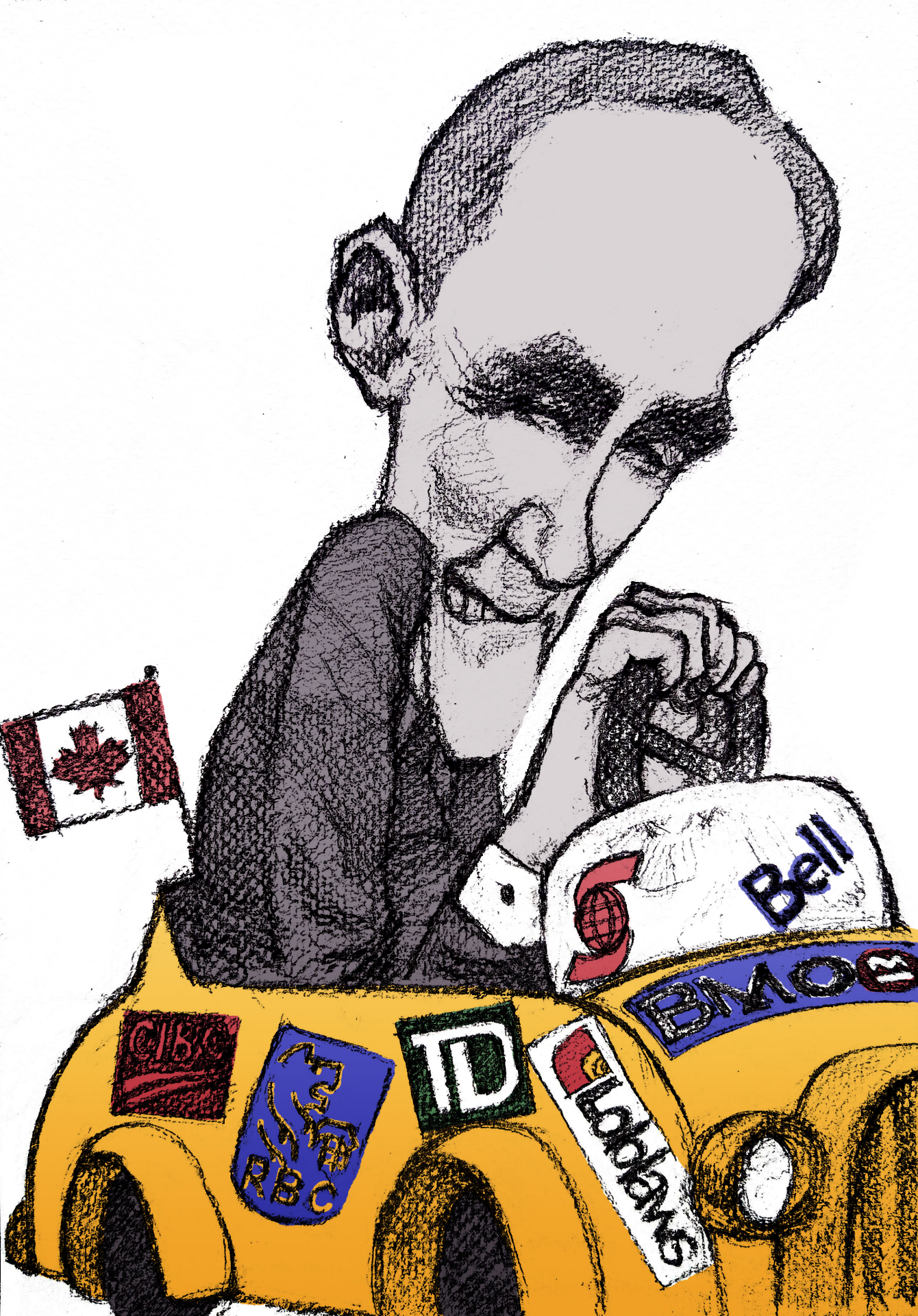
And being three seats shy, Carney will not have the luxury of a majority government. This will add immense instability into the mix. Who will prop up this government?
It’s unlikely the NDP parliamentarians will want to burn their fingers by propping up the Liberals again, after experiencing the punishment for propping up Trudeau. If the party uses their few seats to prop up the Liberals, it would be a disaster, potentially leading to the destruction of the party. That said, one should never underestimate the ability of the NDP leadership to adopt the worst possible position.
As for the Bloc Québécois, leader Yves François-Blanchet has stated that he is open to working with Carney, explaining: “Federalist parties will have to be worked with because we have a crisis managed by the Canadian government.”
This is a risky political game. The Bloc is a Quebec nationalist party. Already Blanchet has taken flack from Parti Québécois leader Paul St-Pierre Plamondon for seeking rapprochement with Carney. It is long-standing practice in the Quebec nationalist movement to act more as a wrench in the gears of the Canadian parliament than as an active collaborator.
And such an alliance would be equally risky for Carney. One of his main campaign promises is to build an “energy corridor” from West to East in order to reduce Canada’s dependency on the United States. This necessarily means building a pipeline through Quebec in order to get Albertan oil to new markets.
But this question has been—and remains—politically taboo. The project would draw massive opposition in Quebec, where the “dirty oil” from Alberta is seen with horror and contempt. So either the Bloc Québécois betrays their opposition to pipelines or Carney cuts a deal which betrays the Albertan government.
In either case, he faces big problems with the fault lines in the Canadian federation. Already, Alberta premier Danielle Smith has warned: “I just hope that he doesn’t create an unholy alliance with any of the political parties that are opposed to building out economic corridors,” directly referencing the Bloc Québécois, the NDP and the Green Party.
But unless Carney gets the three seats he needs, he cannot form a functioning government. It will be a difficult balancing act in which no party will be able to compromise without dealing with serious consequences.
Minority governments don’t tend to last long. Faced with the crisis before him, Carney’s honeymoon will be brief.
While many celebrate the defeat of Poilievre in his own riding, it doesn’t seem like he is going anywhere. He will easily find a Conservative MP to step aside so that he can run in a by-election and get a place in parliament. Then he will be well-placed to capitalize on disappointment with the Carney government and come to power once this unstable minority government is brought down.
What way forward for the left?
The coming years will be among some of the most turbulent in the history of the country. It is unlikely that Carney will form a stable government with a lengthy honeymoon, as Trudeau was able to do. The millions who voted for Carney are in for a rude awakening.
The support the Conservative party has carved out among the youth and trade union members is a warning sign for the labour movement, the NDP, and the left in general. The class-collaborationist strategy of the NDP and labour leaders has completely failed. The existence of the NDP is now in question.
With the collapse of the NDP vote, many on the left are already commenting that the left must be rejuvenated. This is true, but on what basis?
Capitalism is decaying all around us and working class people are searching for a way out. Collaboration with the capitalists and their parties has been the kiss of death which has led to the degeneration of our movement and continual defeats both on the industrial and on the political front.
The labour movement needs to go back to its roots: class independence and the fight to transform society along socialist lines.
This is what the Revolutionary Communist Party fights for. Join us and help us fight to bring the movement back to its revolutionary roots!
